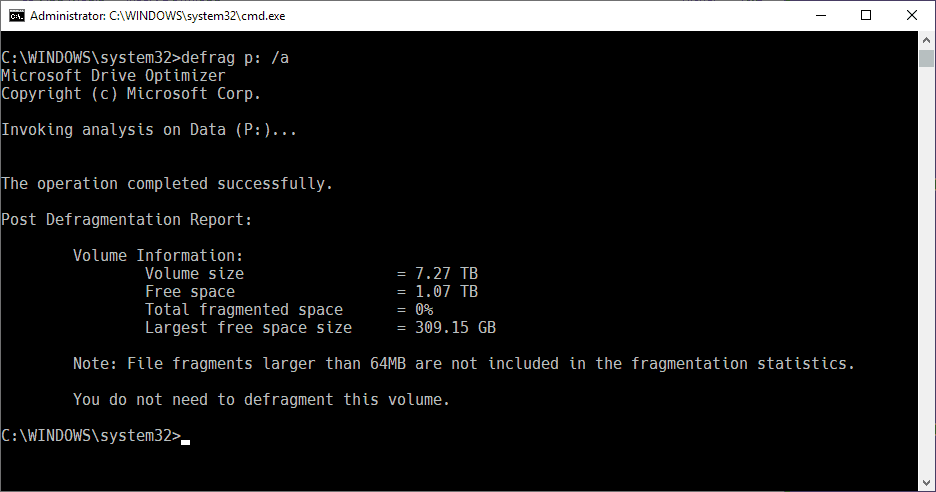
If you want to do that instantly, you also have the Optimize drive button up front. Make sure to choose the Optimize drives option.

Click on the Choose button to select drives.Increase task priority if three consecutive scheduled runs are missed.Click on the Change Settings button, and here you can choose.Select the disk for which you need to schedule the process.Click on the program with the name-Defragment and Optimize Drives.However, if you wish to, Windows performs trimming options for SSDs.įollow these steps to schedule defrag or optimization on Windows PC SSDs have the brain to manage space and deliver performance., They don’t need defragmentation. If you use HDD, then technically, it’s called defragmentation, but if you use SSD, then it’s trimming. How To Schedule Windows Defragmentation or Drive Optimization (Windows 11/10) This post will show how you can schedule Windows defragmentation or drive optimization. The inbuilt function can optimize disk drives, so you get better copy speed and an overall boost in performance. To open it, right-click the Start button on Windows 10 and select “Disk Management.” (If you’re using Windows 7, you can press Windows+R, type ” diskmgmt.msc ” into the window, and press Enter to launch the Disk Management tool.If you deal with a lot of copy, and editing work on Windows, then defragmentation is an option you should try. You can then control this setting from the Disk Management tool. The option won’t be remembered if you plug a different USB drive into your current PC or if you take the USB drive to another PC.įirst, ensure you’ve connected the external storage device to your PC. So, if you change this option for one USB flash drive, it will be used whenever you plug that same USB drive into your current PC. However, Windows will remember this setting.


If you’d like to enable “better performance,” you’ll have to do it individually for each external storage device you connect to your computer. RELATED: Do You Really Need to Safely Remove USB Flash Drives? How to Enable Better Performance That makes “quick removal” a superior solution for many people, as it will reduce the risk of data loss when not safely removing a drive. After all, many people don’t bother with “safely removing” devices before unplugging them. Microsoft clearly thinks the default “quick removal” is good enough for most people and that avoiding data loss is a priority. This will depend on the speed of your external storage device, how the application you’re using handles writing data, and how much data you’re writing at any given time. It’s unclear how much “better performance” you’ll experience in practice.


 0 kommentar(er)
0 kommentar(er)
